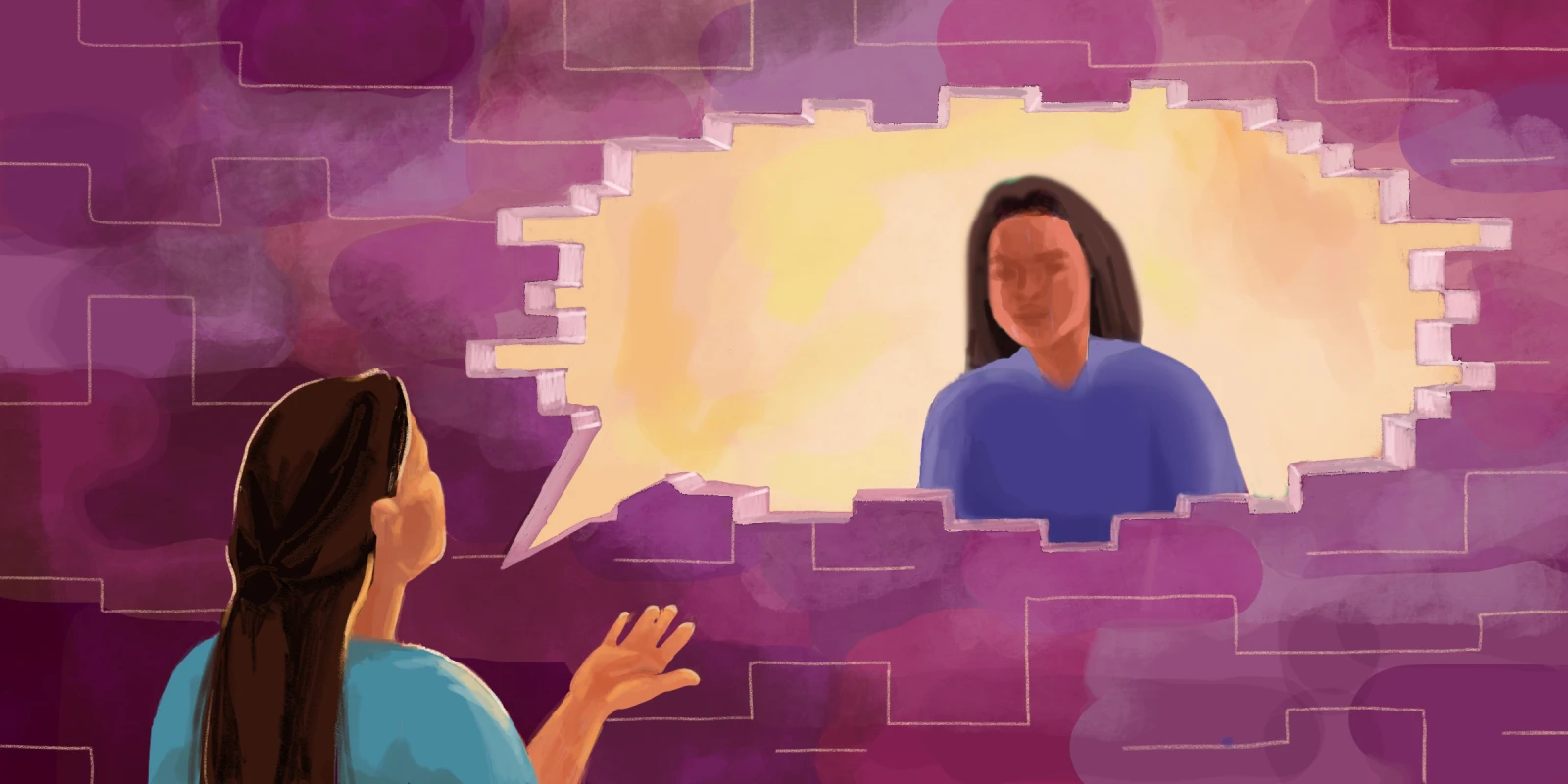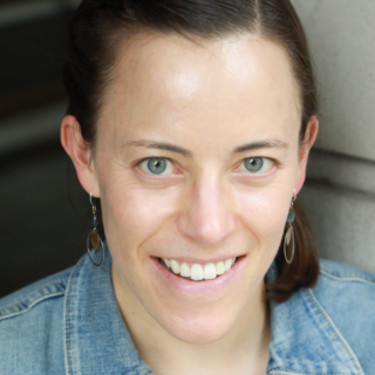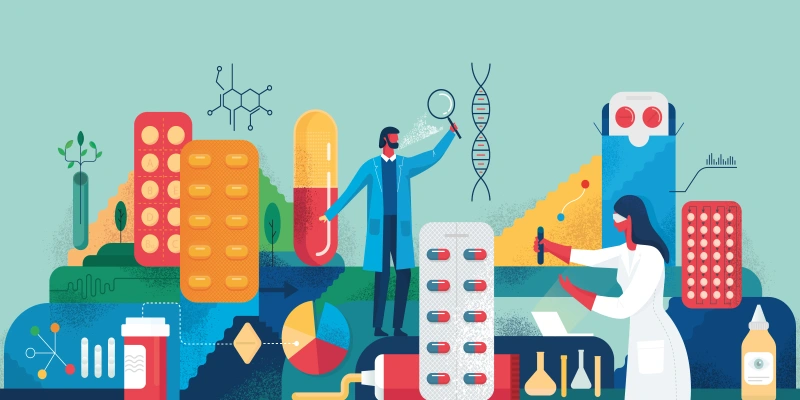As a family physician, in particular one who specializes in the care of people with developmental disabilities, I think about communication a lot. I always ask about and document my patients’ preferred method of communication (spoken language, writing, sign language, alternative and augmentative communication, head nods/eye movements, etc.) and often take steps to support advancing their communication skills. I talk with medical students about prioritizing communicating directly with the patient rather than caregivers regardless of communication style, and about the questions and phrasing I use to assess comprehension and educate individuals. I find myself reflecting on and attempting to refine my communication abilities constantly. The likelihood of an individual being successful with any given treatment or lifestyle modification, and their trust in me as a physician, highly depends on successful communication.
Communication is layered — we think of communication just as verbal speech, but it is also behavior. Any developmental medicine specialist will tell you that when an individual with a disability comes in with concerns about a behavior change, you should always assess for pain or a medical cause first prior to considering psychiatric or behavioral diagnoses. If you are unable to identify that pain from constipation is in fact leading to a behavior change like increased aggressive behavior, you will have a difficult time treating it appropriately (and may even make it worse). If we are never able to find a way to understand what our patients are communicating to us (with speech, sign language, a device, a letter board, etc.), we will be unable to treat them effectively. Sometimes, this looks like helping patients improve their ability to communicate, but often it includes improving and adapting our own communication abilities to suit the patient.
This emphasis on communication is how I found myself in evening Spanish classes in my fourth year of medical school. After communicating with the help of an interpreter a number of times, I saw how it fell short. Clearly, interpreters are amazing, highly skilled and critical professionals who make communication possible where it would otherwise not be. At the same time, I saw how difficult it was to create the same type of relationship and the same type of shared understanding in an encounter with that middle step of interpretation. I quickly regretted my decision to take French (a relatively obscure language in my city, Cincinnati) in high school and decided to start learning the much more commonly spoken Spanish.
My initial goal was to learn enough to build rapport, to have short, social conversations at the beginning of encounters in order to make that direct connection with the patient that I prioritize. That goal proved both easier and harder than expected. It was easier because it is not particularly difficult to learn basic conversation starters in another language. It takes maybe a few classes and a bit of studying to be able to have a basic conversation. That said, it was harder because of the lack of confidence I felt in speaking and using phrases that I wasn’t sure were coming across. So I just kept going. With a break from studying during residency, I have consistently studied and practiced Spanish since I decided to start in fourth year. I didn’t break any records for how quickly I learned, and I still have a lot of progress to be made, but I have gone from zero Spanish to testing proficient enough to not require an interpreter in that time.
Further, when our son with Down syndrome joined our lives in 2021, I added learning American Sign Language (ASL) to my list of to dos. I am not sure what his final preferred method of communication will be but we wanted to give him all the tools we could (and bilingualism never hurt anyone). As of now, it remains his preferred and primary mode of communication. He is limited primarily by our own rate of learning more than anything. So I guess we will just keep going.
There is so much I have taken away from my experience of language learning. First, it is an incredible reminder to be humble. There is nothing quite as humbling (and anxiety-inducing) as being in places where you are the one who doesn’t know much or any of the language. The experience of not being able to say exactly what you would like is an experience that I think would benefit everyone in understanding the language barriers faced by patients and generating increased empathy for them. Second, it forces me to be creative with my communication and further reflect on my own communication style. If I don’t have the vocabulary to directly translate a phrase I would use in English, I have to think of another way to say it. I have also had many teachers who have given me advice on how to communicate something in Spanish or ASL that makes me rethink how I do so in English; learning in this manner has actually made me a better English speaker. Third, learning a language is time and resource intensive. Doing so is a privilege many will not have, and so it is unfair and unreasonable to expect only English language learners to do the work of learning language. Finally, most languages have different enough structures that they provide in some sense a different way of viewing the world. ASL is the most obvious example, where the world becomes highly visual, and you often are more painting a picture of something than describing it with words. This objective of trying to adopt a new perspective through language is also something I believe to be highly relevant for clinicians.
I have gone from dabbling in a language to being in a place where my husband regularly rolls his eyes when I talk about which language I want to start next (as he contemplates whether or not he wants to join in). Successfully communicating in another language is invigorating. I often find myself jealous of those who grew up in bilingual or multilingual environments. At the same time, a lot of satisfaction and insight comes from the process of learning a language rather than the outcome.
For the emphasis I place on communication and the benefits I see in language learning, I am surprised by the pushback and negativity that sometimes surrounds it, both historically and currently. We have all heard people forcefully argue that “in America we speak English,” without even considering the benefits that would come from being an increasingly bilingual country. Deaf people have dealt with audism and oralism for years, with many arguing that ASL isn’t even a real language (it objectively is). This attitude has led to language deprivation and its far reaching consequences for many. For us, our son’s school does not want to provide him access to his language because he is not Deaf, putting unnecessary and arbitrary barriers around his success. If we had not started learning ASL as a family, I would not know that he knows colors, animals, and feelings, nor would I know his wants/desires.
Instead, I believe a different and likely opposite perspective is more useful. One of my main goals in learning these languages is to shift the onus. I want to be able to take the stress and burden of communication challenges from the patient and take it on myself. I want to be able to step into their world rather than them being forced to step into mine. Perfection is never achieved in language learning, but a powerful connection can be.
Do you speak any languages besides English? Share how your multilingualism has benefited your clinical life in the comments!
Dr. Emily Johnson is a family medicine physician who specializes in the care of adults with intellectual and developmental disabilities. She enjoys cycling, power lifting, language learning, and goofing around with her toddler. Dr. Johnson is a 2024–2025 Doximity Op-Med Fellow.
Illustration by Diana Connolly






